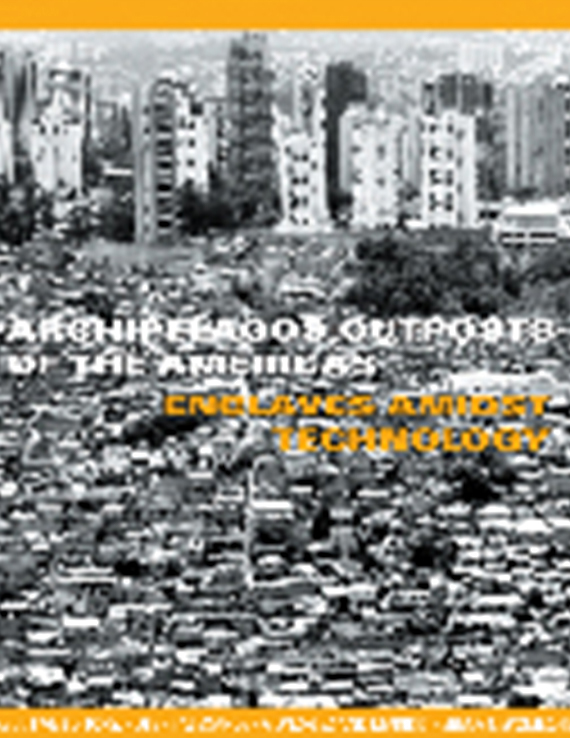Author(s): Arleen Pabon
An archipelago is an elusive concept that speaks of both fragmentation and totality. Each portion is characterized by its individuality while being also part of a whole. If we consider that early 19th century urban centers were almost self-sufficient entities, it is possible to interpret the train, even when it moved – as Ernest Melvern from Florida described it – as slowly as a “salamander,” as a connecting link within an archipelago of stations and depots. As the individual urban entities became one rail system, society came to interpret the frail parallel lines as connectors. This is the most relevant cultural role usually ascribed to the train. However, it is also true that, in the South, the same frail lines were able to generated a pattern of oppression that still impacts urban planning policies and ideas.In Tallahassee, blacks created a landscape of labor around its train depot and station. Neighborhoods around the area were transformed in order to serve this population. For a few years, it seemed that the train would be a liberating force within their lives. However, during the last decades of the 19th century, this epicenter, in conjunction with the train tracks that were its raison d’être, was appropriated and used by the white community to forge a divisive binary identity of opposites for the city. The station and the tracks were now interpreted as boundaries that defined the “right” from the “wrong” side of town. It was at this time that Florida A&M University was physically moved from its original locale to its present southern locale in order to comply with the new binary of urban opposites. As a result, the early 19th century egalitarian conception conceived by Tallahassee founding fathers was transformed and segregation imprinted itself upon the urban memory, creating patterns that are still repeated – one would hope unconsciously – to this day. I believe it is time to face the persistence of negative urban memory and to both initiate a new dialogue with the past and define preservation strategies to newly interpret the unfortunate role still played by the train tracks in the identity of Florida’s capital city.
Volume Editors
Marilys R. Nepomechie & Robert Gonzalez
ISBN
0-935502-54-8

 Study Architecture
Study Architecture  ProPEL
ProPEL 
